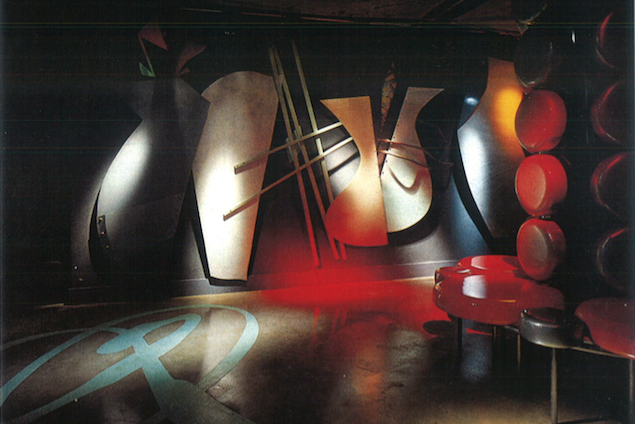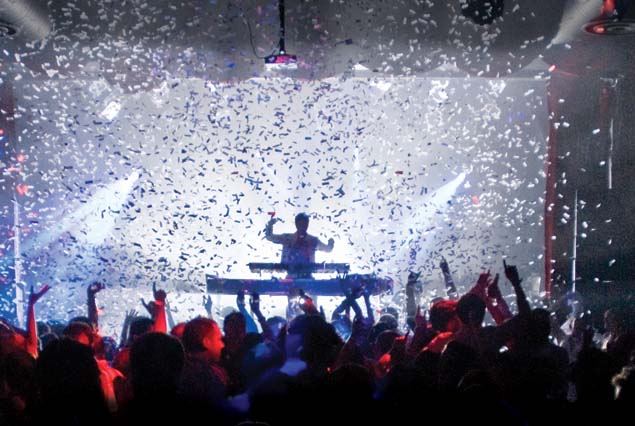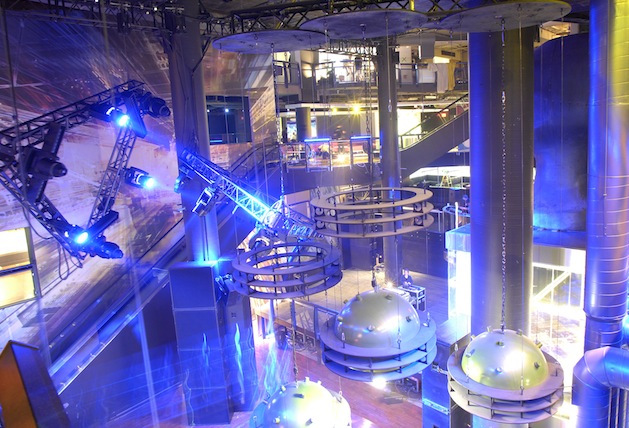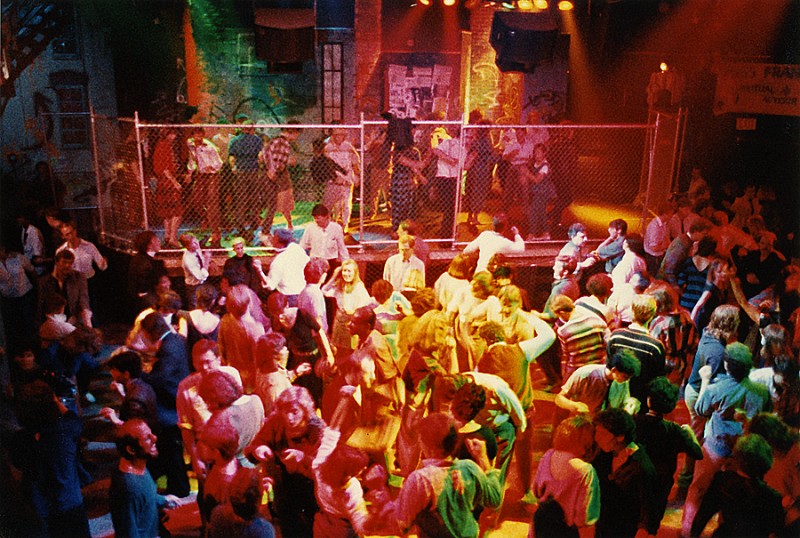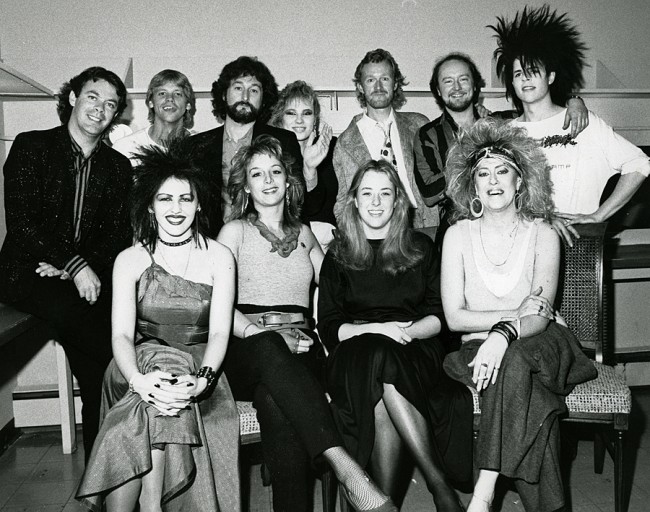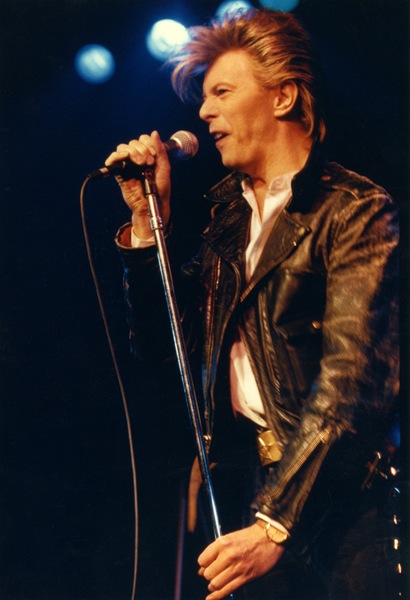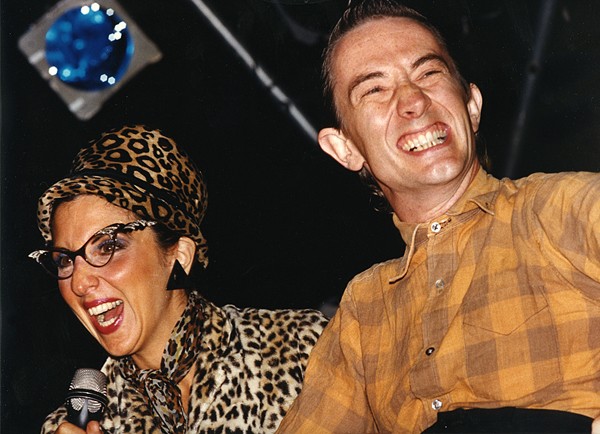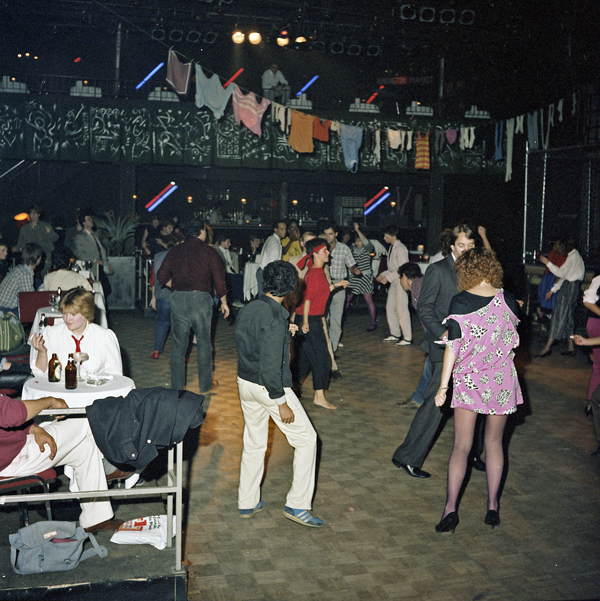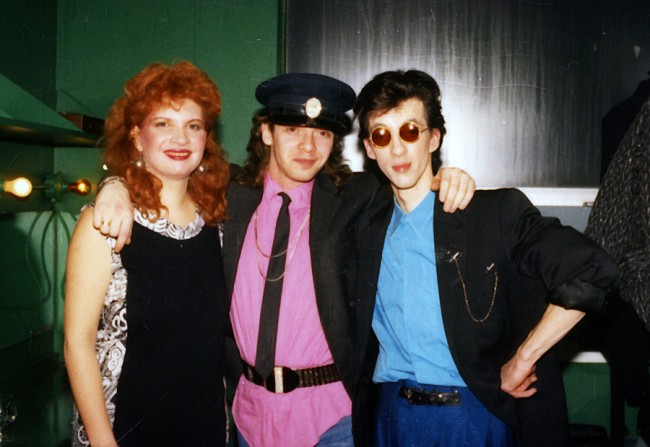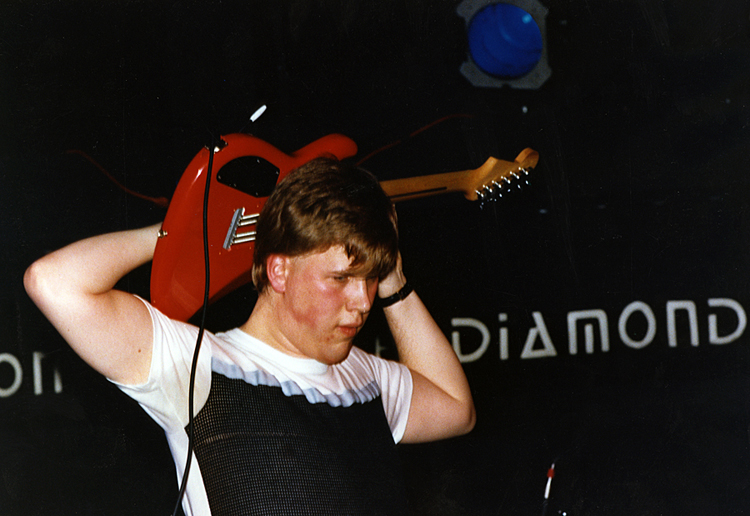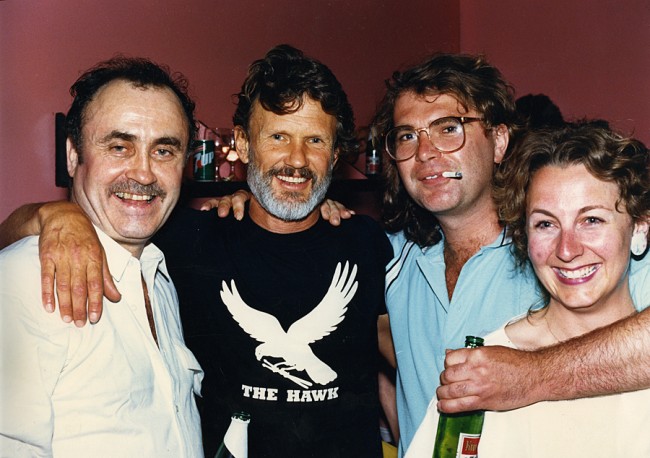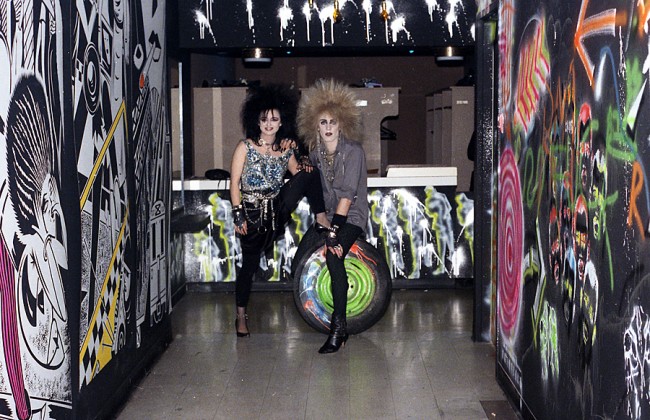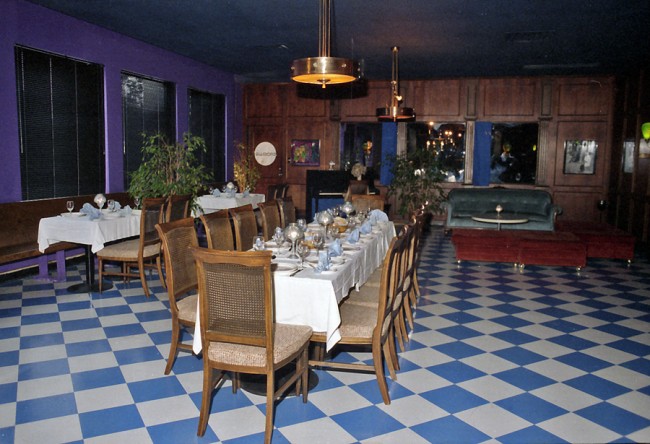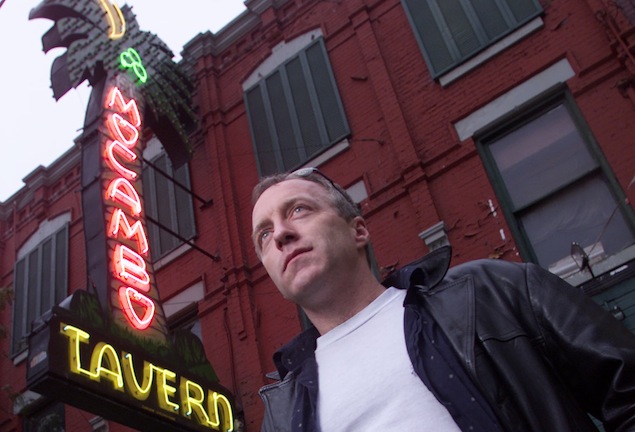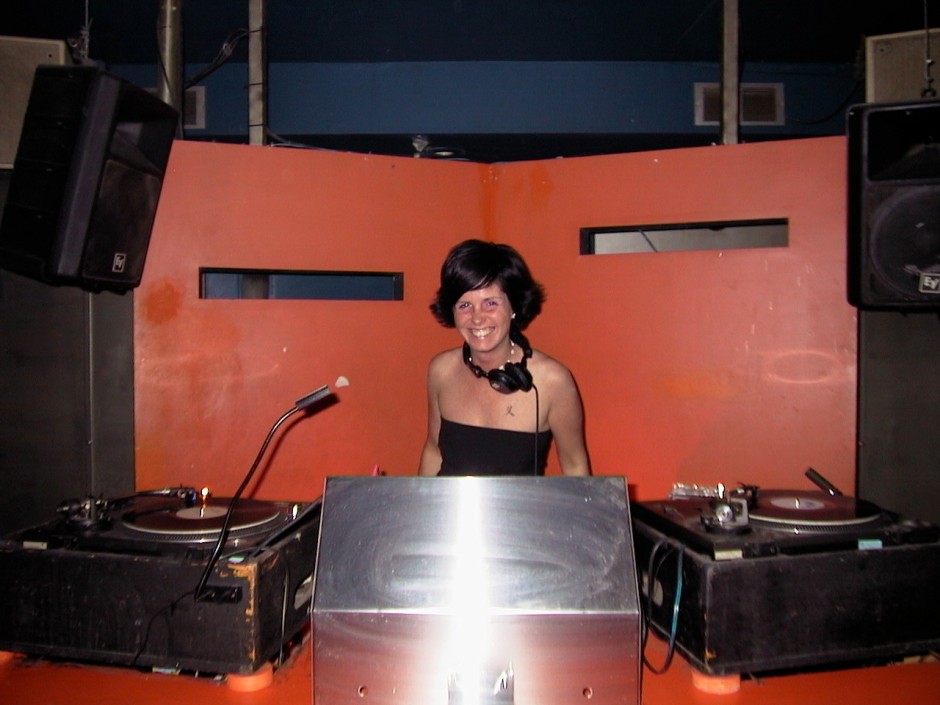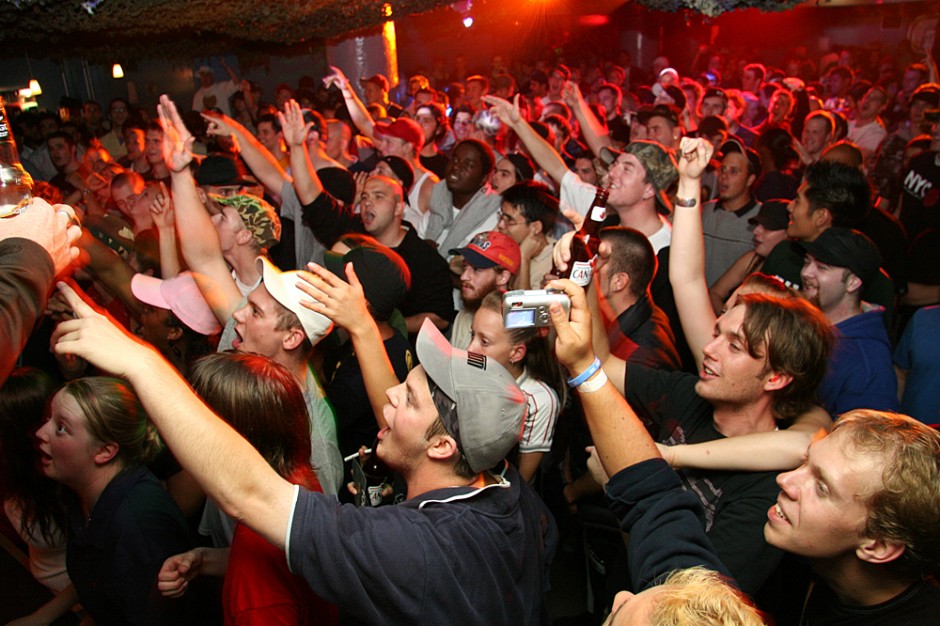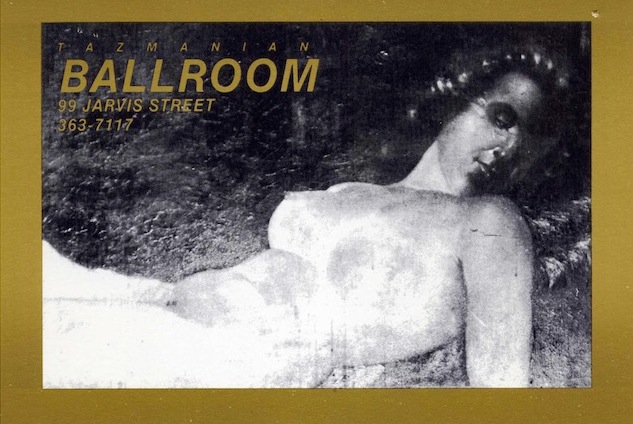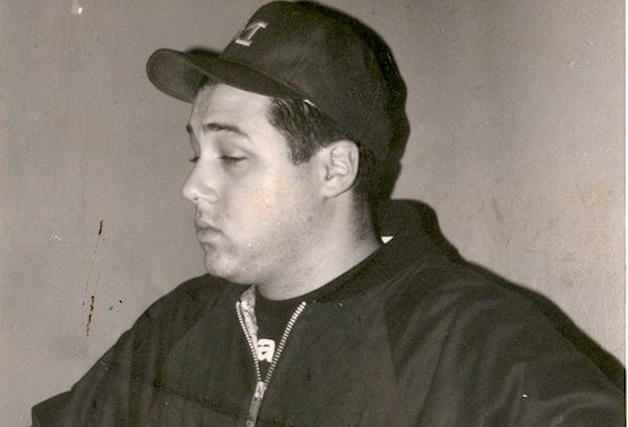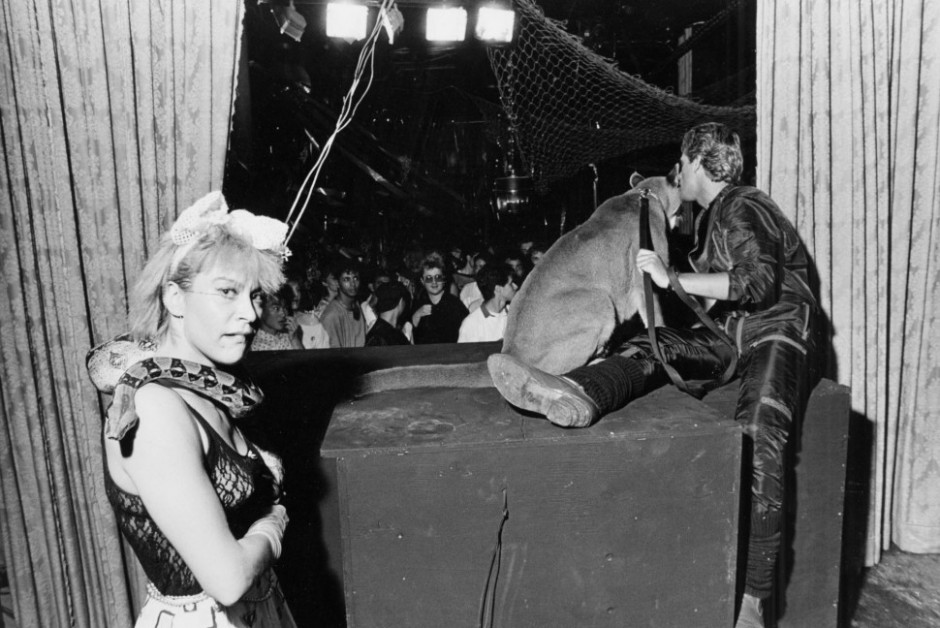Stilife interior. Photo courtesy of INK Entertainment.
Article originally published January 28, 2013 by The Grid online (thegridto.com).
After cutting his teeth in nightlife as owner of Club Z on St. Joseph, Charles Khabouth relocated to open this dramatically designed destination spot that kick-started the development of Toronto’s Entertainment District.
BY: DENISE BENSON
Club: Stilife, 217 Richmond W.
Years in operation: 1987–1995
History: Built in the 1920s, the six-storey brick building on the southwest corner of Richmond and Duncan Streets exemplifies the major changes experienced by this Toronto neighbourhood as it morphed from Garment to Entertainment District.
The once heavily industrial area, located south of Queen and bordered by University to the east and Spadina to the west, was occupied by factories, warehouses and daytime workers for the better part of the 20th century. By the 1970s, most of the factories had closed, and many of the buildings lay empty. It was only after the opening of the SkyDome (now known as the Rogers Centre) in 1989 that municipal politicians began to amend zoning laws in order to encourage development in the region.
But in the 1980s, before these sweeping changes took place, the former Garment District was a land of opportunity.

